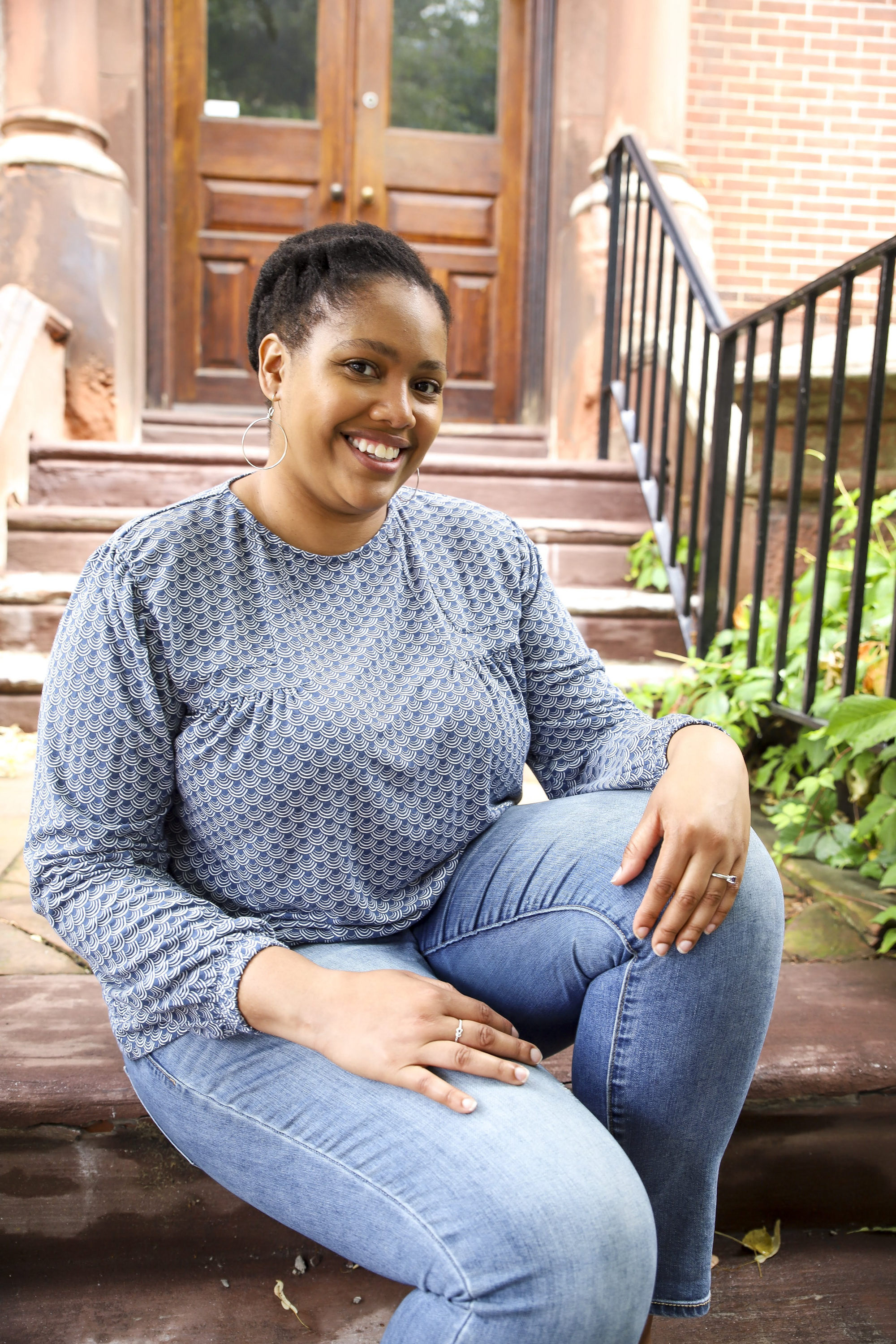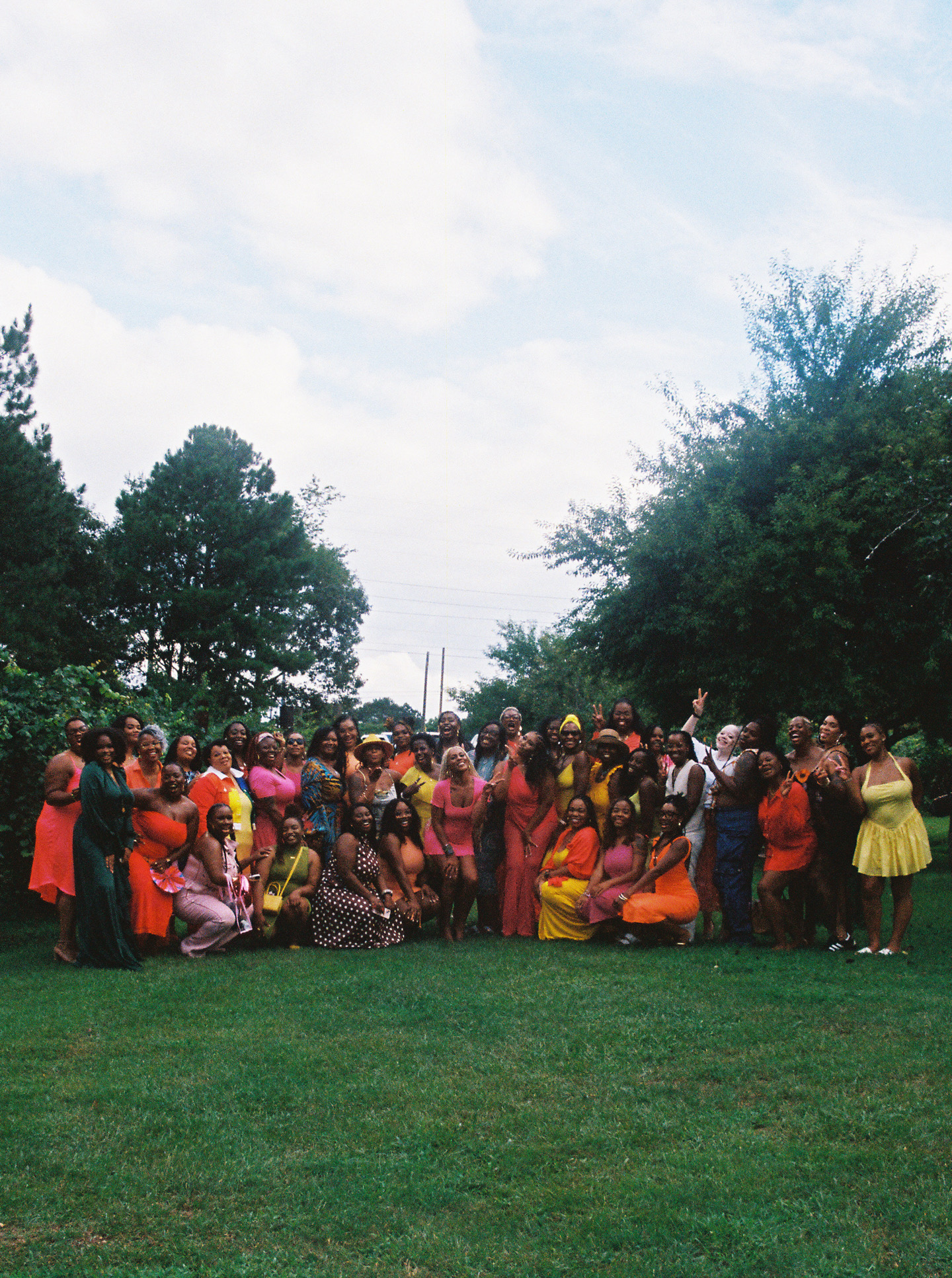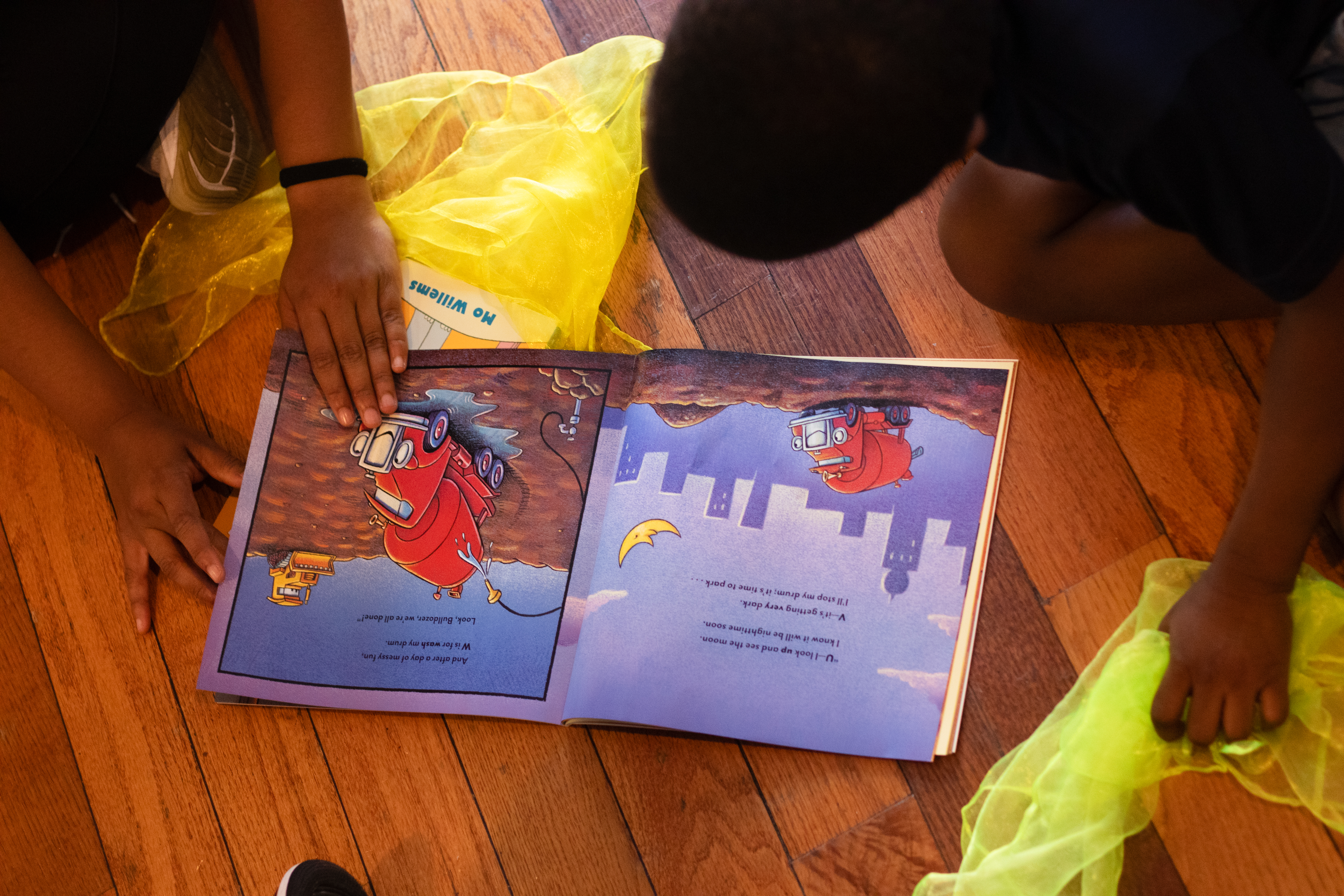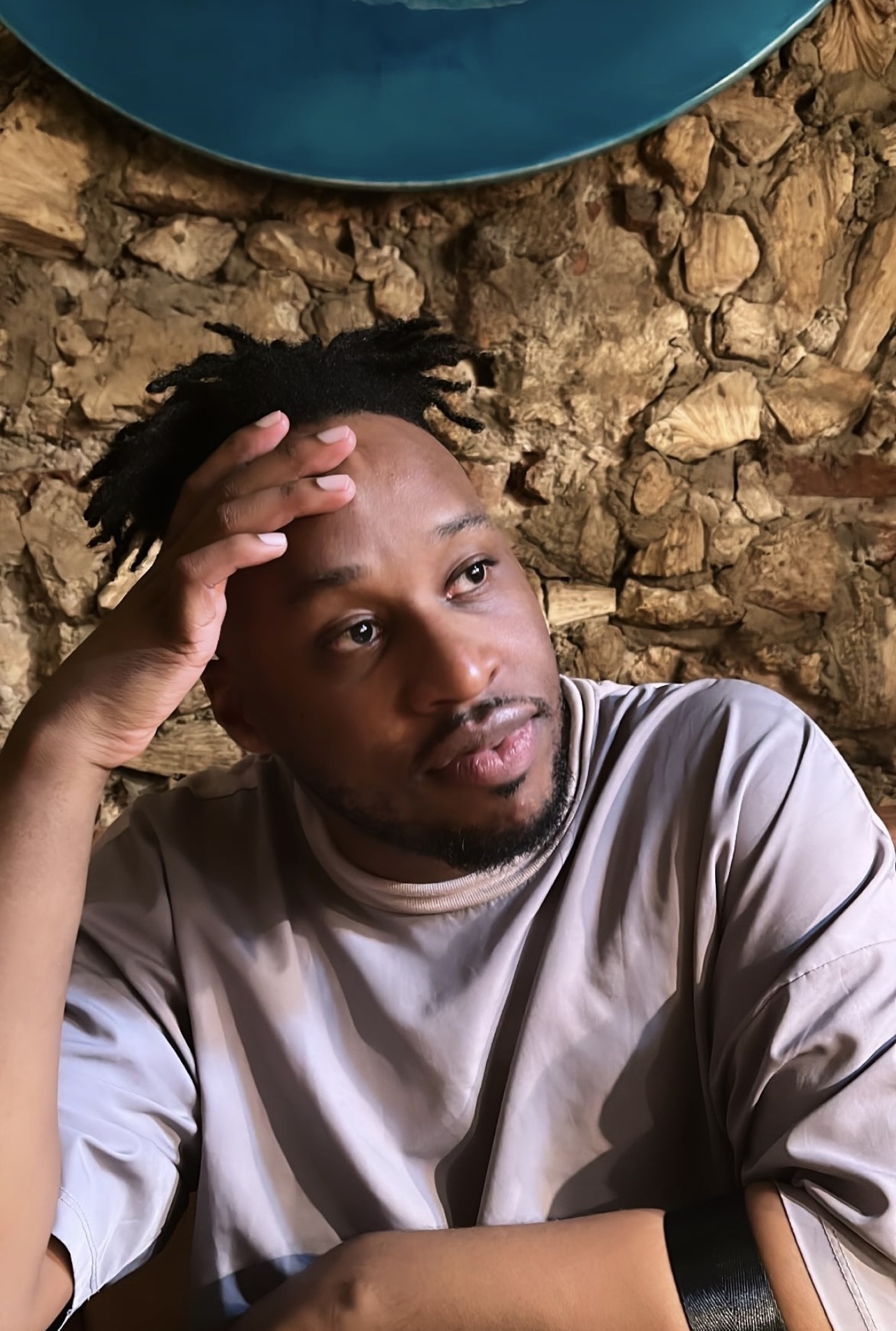Dr. Ayana Hardaway’s Bold Book Explores the Crack Epidemic, Addiction, and The Importance of Reclaiming Our Stories
“We don’t need permission to tell our stories.” Dr. Ayana Hardaway’s words reverberated through the gathering. The Philly-born Black feminist scholar launched her book, “From Crack Mother to Wild Flower: Writing to Transgress: The Sankofa Writing Method”
We don’t need permission to tell our stories.” Dr. Ayana Hardaway’s words reverberated through the gathering. The Philly-born Black feminist scholar launched her book, “From Crack Mother to Wild Flower: Writing to Transgress: The Sankofa Writing Method” at the intimate but stylish Deacon and was interviewed by journalist Nichelle Polston.
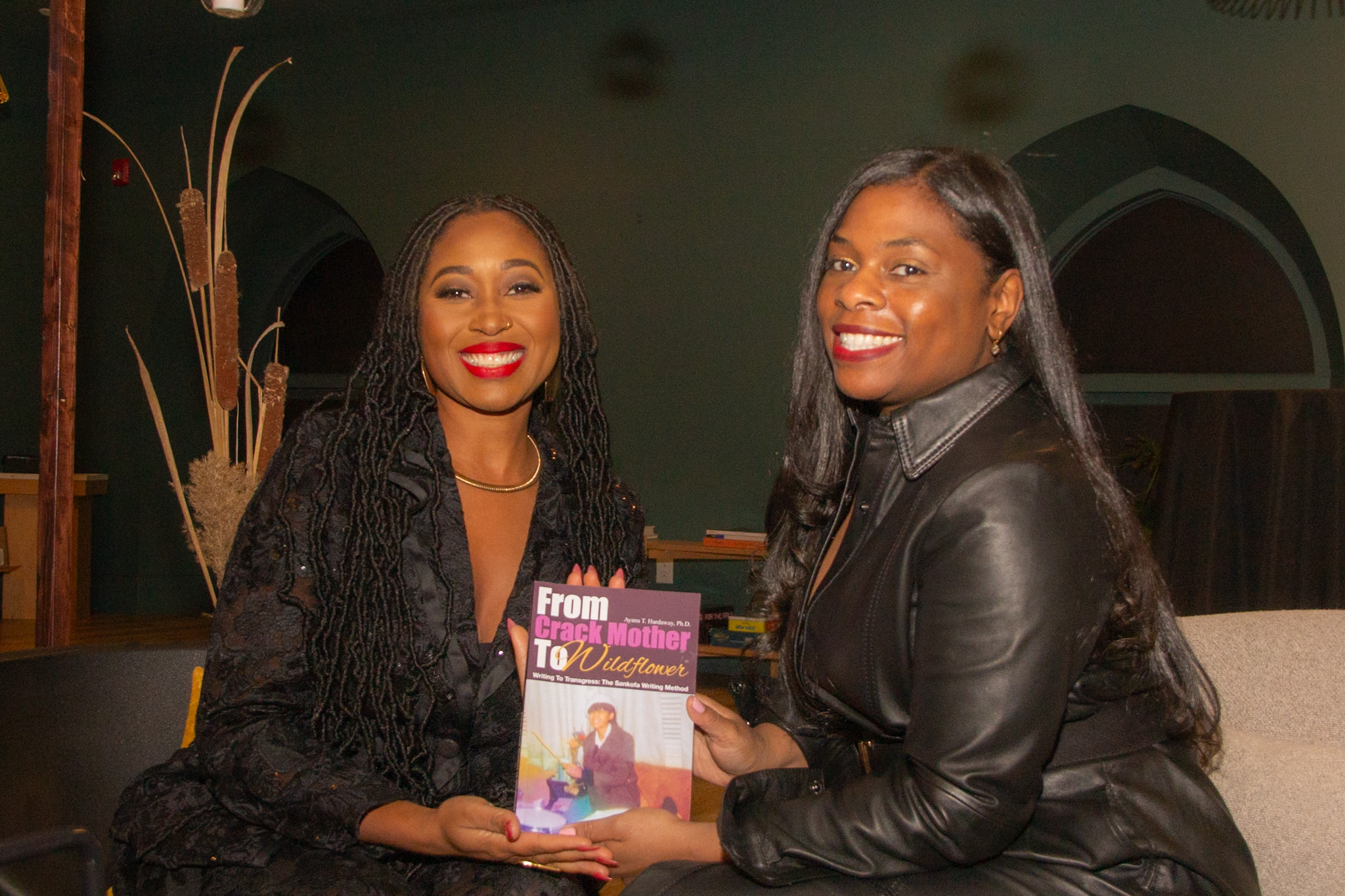
Dr. Hardaway’s book discusses reclaiming our stories, journeying through pain, and telling our stories for the liberation of not just ourselves, but others. “My story is just one story,” she said. “So what impact does your story have on someone else?”
Writing about such a sensitive topic as a parent suffering from an addiction in and of itself is a challenge both individually and culturally. But the telling of her mother’s story was vital to her own journey. “We are very cautious about how we speak about our ancestors, and we don't wanna reproduce violence on them,” Dr. Hardaway reflected. “And, mind your business! Spilling the family tea is not something that we do culturally. But when we think about our trauma, what is really, really important for us to understand is that when we don't release it, it manifests itself into something else. And it is not healthy for us. And so, I knew that I needed to share the story, I knew that I had work to do.”
For Dr. Hardaway, writing was not just about sharing her story. It was a direct, personal way to challenge and dispel myths created and perpetuated by the crack epidemic. “It is insane when we think about the crack baby myth!” she said. “Those of us who were born with this stigma, we were socialized and we had to go through our educational pursuits with this stigma, there was a stigma that I experienced by being raised by “other-mother. There was a stigma being raised when you have a mother or a parent who's not there. We navigated it and we don't talk about it. We just say ‘I'm okay.’ I spent much of my life like what happened to my mother is what happened to my mother, it doesn't bother me, but it did.”
Dr. Hardaway’s journey with this work began when she decided to address her own pain. “This work has been a journey. It took me three to four years. I was thirty-seven when I finally said ‘I need to I need a therapist. I need to speak with someone about my trauma.’ I'm very intentional about who I've selected.”
Dr Hardaway credits a Black woman psychologist with some of her biggest “aha” moments about her mother. “She specialized in chronic illnesses, and so she was able to really break down what was happening to my mother's brain.” “I thought about my mother's addiction and the lens that I had never thought.” That work transformed how Dr. Hardaway approached her view of her mother. “I didn't have that information. So for me, it was a knowledge gap. Once you center her addiction and a chronic and as a medical issue, my mother was suffering from brain damage. All of the behaviors, these are symptoms of something else. When you understand that, when you see that, you can't unsee it.”
The work was amplified by an unexpected treasured source. “It was my daughter who showed me. She was a reflection for me. It was urgent for me to do my work. When I said that I wrote this book in three months, it was urgent for me.”
The work of chronicling our families’ stories is heavy, Dr. Hardaway acknowledges. “Trauma work is not cute,” she said through tears. “I went through a lot of boxes of Kleenex doing this work, okay? I'm telling you we need to get some stock and Kleenex! But this work is not cute, and that's the point because you have to release it.”
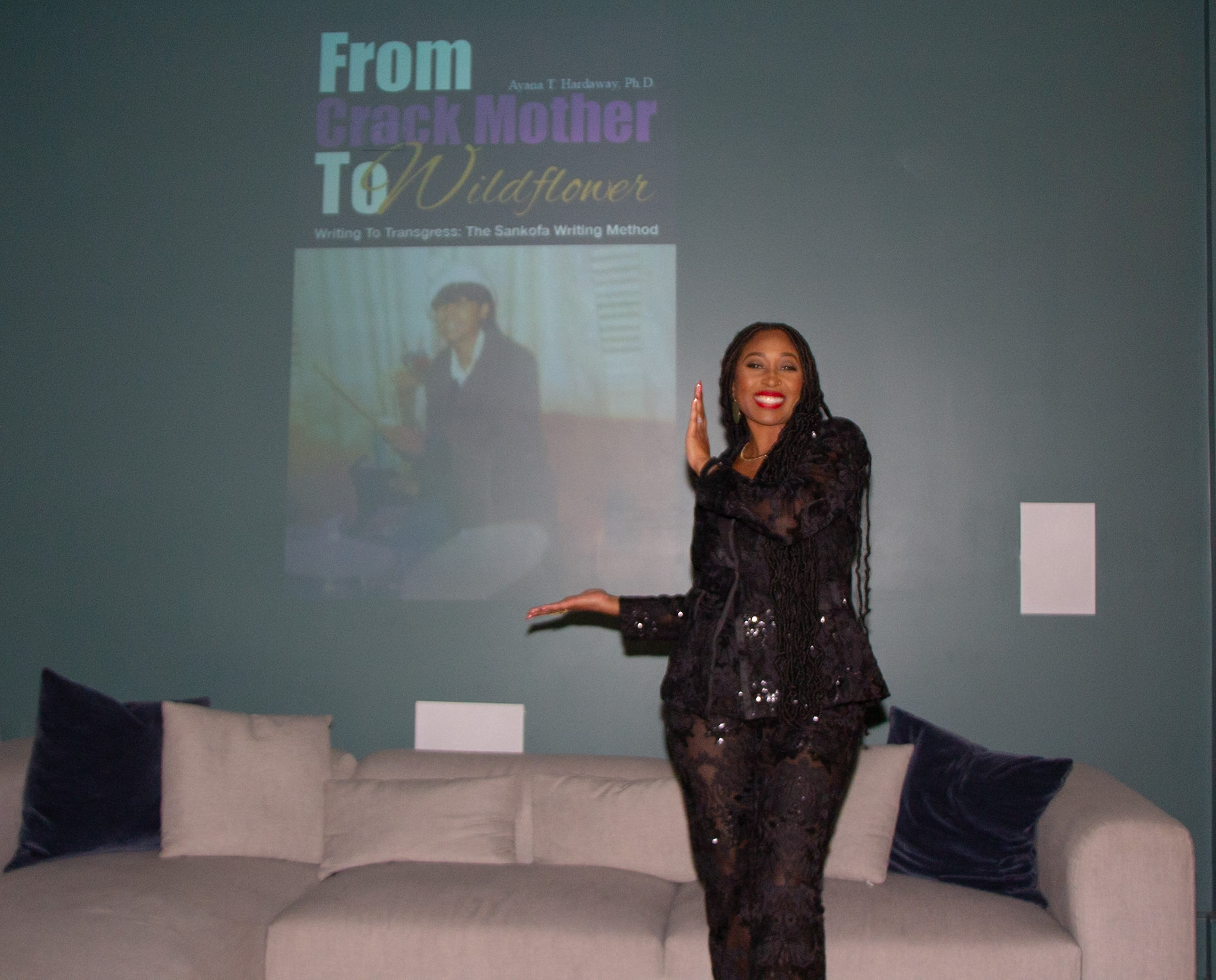
And release it she did. Through her work, Dr. Hardaway also crafted a writing method that she hopes will help others tell their stories which she calls the Sankofa Writing Method. She is partnering with organizations throughout the city to share the writing method that helped liberate her mother’s story. “My Sankofa Writing Method talks about destroying the myths. Destroying the myths, amplifying the margins, and amplifying our truths. We understand who we are, and we know who we are. I think it's more important for us to shift the lens so that we can begin to talk about those things.”
Dr. Hardaway’s book is medicine. Her writing methodology is a gift for those who have a story to tell but it is stuck within the marrow of their bones or held within the embrace of their hearts. To those folks who have lost those whom they still carry stories about, Dr. Hardaway’s work offers healing and revival. “There is the call for us to revive our mothers, to revive our fathers, and to get back to their truth. Who were they? This is the goal of the work. This is the calling.”
